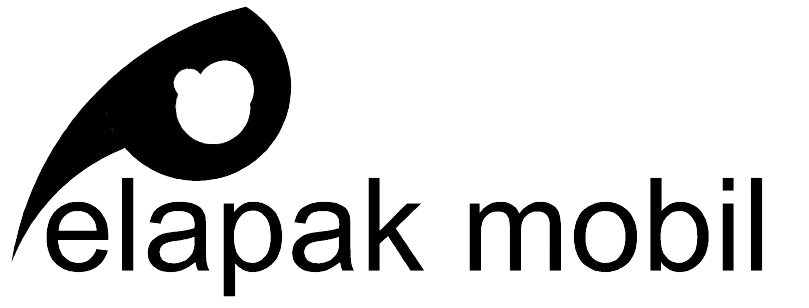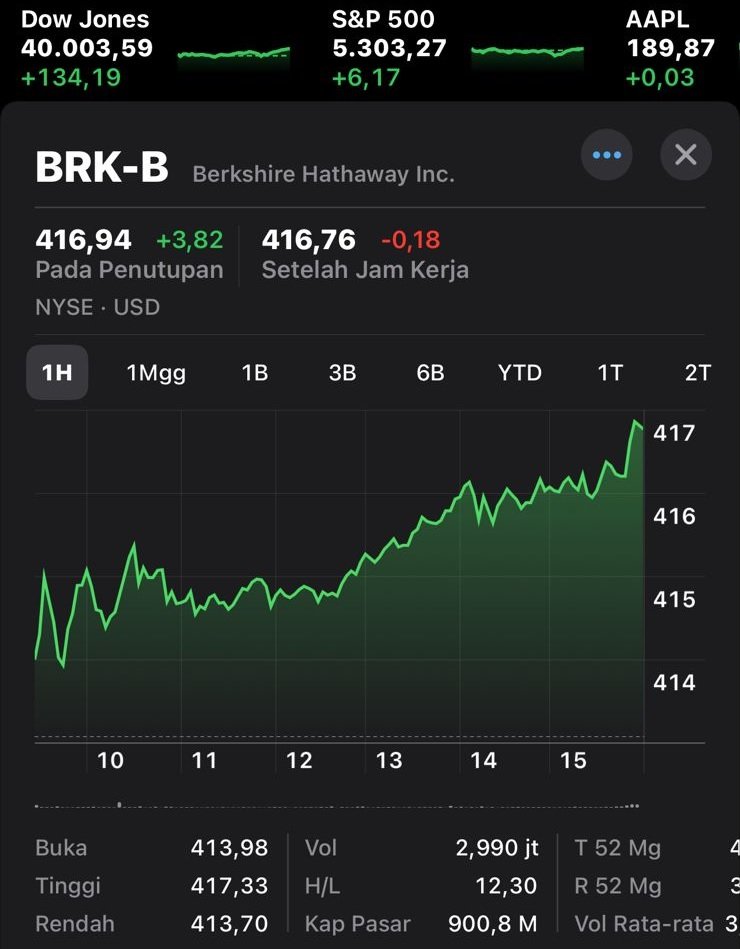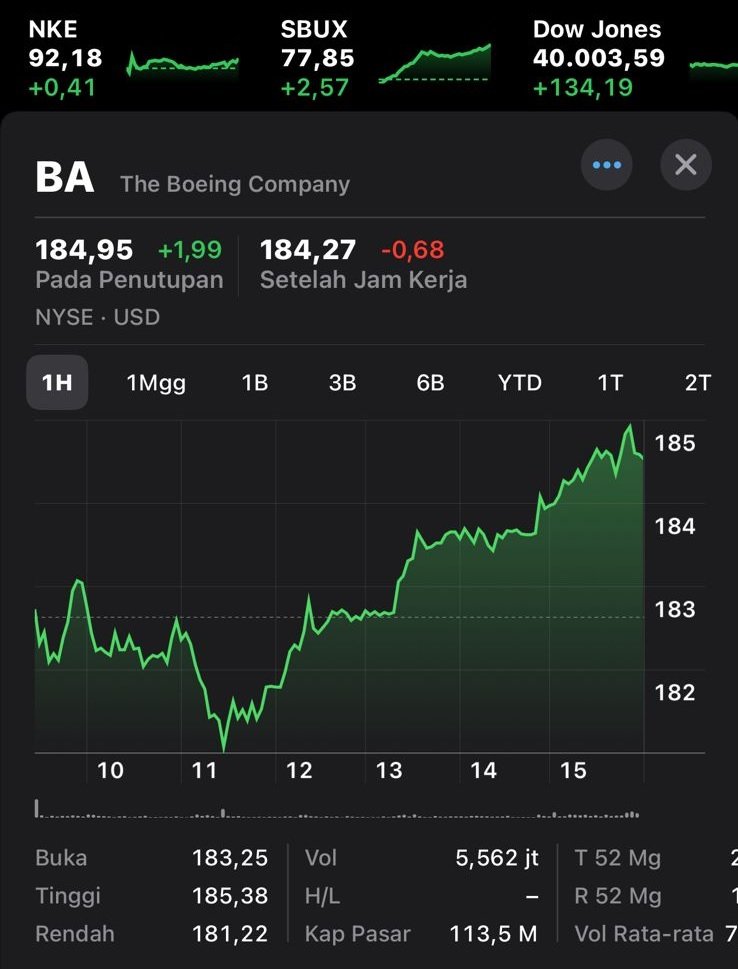Decentralized maximalism is an ideology that glorifies decentralization, which wants to decentralize all aspects of life and wants all centralization to be destroyed from the face of the earth. In other words, this understanding is an extreme view in upholding the principle of decentralization. The trigger for decentralized maximalism was the rise in popularity of Bitcoin, which was followed by the rise of cryptocurrencies.
Bitcoin with blockchain begins with the idea of profiting from challenging central banks which are the authorities in issuing currency, and challenging world banks which control the circulation of money throughout the world. The blockchain system does not require authority to secure security, which is authentic proof that decentralization can provide security in transactions that is much stronger than existing centralized financial systems. Meanwhile, various thefts of cryptocurrency coins and tokens are not due to problems with the blockchain, but problems with the cryptocurrency support system. Challengers of tyranny and control glorify decentralization, because decentralized organizations cannot be controlled by certain parties. As with Bitcoin, no one party can control the transaction. For anarchists, decentralization is their bright path to their utopian world.
Cryptocurrencies and their various supporting ecosystems are almost all implementations of the principle of decentralization. For example, DEX is a change from crypto exchanges without authority. And DeFI is a decentralized financial service. However, it turns out that decentralization is not a perfect concept.
There are a number of disadvantages to decentralization:
* Only suitable for small organizations, the larger the organization the more difficult it is to implement decentralization.
* Slow decision making, because it has to go through context.
* Expensive, because it is difficult to achieve efficiency.
* The absence of authority can lead to chaos.
In the cryptocurrency universe there is a tendency to combine centralization and decentralization, thereby eliminating the disadvantages of decentralization, while on the other hand taking advantage of its advantages. Meanwhile, on the centralization side, it can take the advantages of centralization and eliminate the disadvantages of centralization. An example of combining centralization and decentralization is Hybrid Exchange (HEX).
Benefits of Decentralization Maximalism
The benefits of Decentralization Maximalism reflect a paradigm that is now increasingly being considered in various security and data management systems. One of the main benefits of this approach is the significant increase in security and privacy in decentralized systems. By distributing resources and authority across multiple nodes on a network, it is difficult for attackers to exploit a single point of weakness, because information is not stored on a central server that could be a primary target. Thus, any data or transactions spread across the network will be more resistant to hacking and intrusion attempts that could endanger user privacy.
Furthermore, Decentralization Maximalism empowers users by offering greater control over their data. In a world where cases of data misuse are becoming increasingly common, having complete control over personal information has become increasingly important. Users can determine who has the right to access and use their data, and ensure that its use is in accordance with their personal preferences and needs. This also creates a stronger sense of data ownership and increases trust in the systems used.
Moreover, decentralization supports overall system resilience. Decentralized systems are built to survive a variety of conditions, including physical disruption or cyber attacks. This is because there is no single point of failure, so even if one node goes down or is compromised, the network as a whole remains operational. This ensures uninterrupted availability of services to users, even during unexpected events.
Finally, one of the benefits most emphasized by proponents of Decentralization Maximalism is the network’s resistance to censorship. In an era where regulation and control of information is increasingly stringent by governments or other large organizations, decentralized systems provide an alternative platform where information can be shared freely without worry of being censored. It not only protects freedom of speech but also promotes the free exchange of ideas and innovation without fear of external restrictions.
Challenges in Implementing Decentralization Maximalism
The first challenge in implementing Decentralization Maximalism lies in network scalability and transaction efficiency. As the number of transactions increases, many decentralized networks today face scalability issues, which can result in increased fees and transaction times. Scalability is a critical factor in determining whether a system can be widely accepted or not. To overcome this, solutions such as the use of sharding technology and the Lightning Network have been proposed to increase transaction capacity without compromising the principle of decentralization.
The second issue is interoperability between diverse decentralized systems. This problem arises because each blockchain project tends to develop unique protocols, which makes different platforms not always compatible with each other. Interoperability is essential to creating a healthy and inclusive decentralized ecosystem where assets and information can move seamlessly between various networks. The development of universal standards and cross-chain protocols such as Polkadot and Cosmos could be the key to solving this problem.
Third, there are barriers to adoption by general users and large institutions. There are knowledge gaps and technical complexities that often make decentralized technologies feel out of reach for regular users, as well as risks associated with the security of digital assets. Additionally, large institutions may be hesitant to adopt decentralized systems due to data security concerns and regulatory uncertainty. Simplification of user interfaces and mass education about digital asset security and the benefits of decentralization can help increase adoption at all levels.
Understanding these challenges in depth is the first step in finding innovative solutions to encourage broader acceptance of Decentralized Maximalism. The developer community must work together with other stakeholders including users, regulators, and institutions to create standards that will guide the evolution of this technology so that it can maximize its potential while still addressing these fundamental issues. Finally, global collaboration will become a necessity in this era of decentralization ensuring that innovation is not only technologically advanced, but also inclusive and easily accessible to the wider community. The key is to facilitate constant dialogue between these stakeholders so that decentralized technologies can evolve in a way that aligns with user needs and expectations. Next, we must ensure that this innovation is supported by a clear legal framework that can provide certainty for investors and system users. These advances will bring us closer to creating the truly autonomous and decentralized systems that many people desire, breaking down traditional barriers, and paving the way for a more democratic and efficient future.













